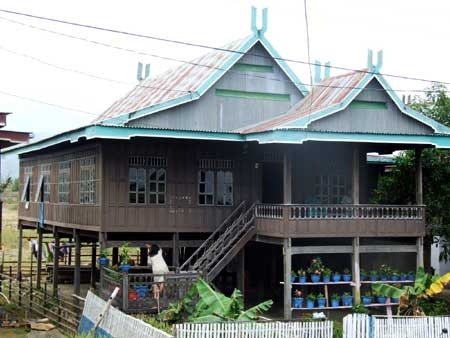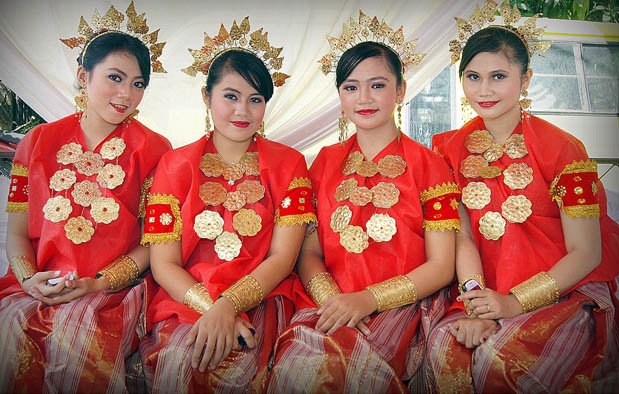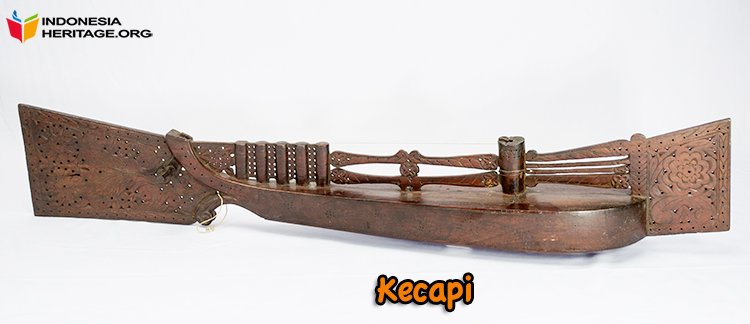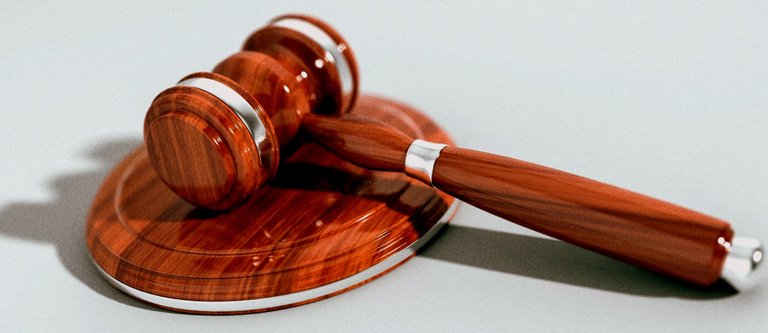
According to the source book of the traditional ceremony of marriage1979-1978, Bugis tribe exist in South Sulawesi province one of them located in Wajo, the area is 2,422,02 km2. This area consists of flat land, hills, mountains and lakes, with a population of about 368,975 people. This area consists of 10 districts, 51 villages and 200 hamlets. The original inhabitants of Wajo Regency are Bugis tribe who are Moslems. Their ancestors always embraced Islam. And the number of Wajo people increases as the Bugis population grows.
Historical
- History First
The mythology of the kings who reigned in the world (according to the uncertain galigo) which tells of the encounter between the descendants of heaven and the underworld that met in the Luwu kingdom. One of Luwu's most popular kings was Sawerigading Opunna Ware who later married a Chinese princess (Pammana from Wajo). This is the oldest history in the Wajo region located in the royal location of Allang Kanangnge Pammana District.
- Period Lontara
The mass of lompulengeng boli and cinna cinatabbi (about the 12th century) societies about the mass of the society structure is still very simple and the society's order is still governed in a very simple situation. In this period of unknown government system, power is judged only from the standpoint of their supernatural powers.
- Government of Wajo Batara
At that time the position of the king was known as the highest haven or by title (sky). This period dates from about the beginning of the XIV century. In the early days of this system of government kebataraan lasted until Wajo la pateddungi tomasallangi (1466 - 1469).
Bugis Tribal Society System
Bugis is an ethnic group that embraces a patron system of clients or groups of loyalty systems between leaders and followers who are comprehensive, but have very high mobility. They are famous for their hard character and deeply uphold the honor, hardworking to respect the surname.
Kinship System
The Bugis tribe includes a bilateral kinship system, where this genealogy has become the tradition of their ancestors. The kinship system of the Bugis is called (asseajingeng). The child's relationship with the father's natural child is the same as the mother, her lineage is based on both parents.
Traditional Dances
Various dances on the Bugis tribe one of them, namely:

Dance Bosara is a dance that is usually staged at the reception, by providing a dish called bosara containing two cakes of the cake. The dish was a feeling of gratitude and honor. Initially this dance was danced to entertain the King, great guests, traditional parties, and weddings.
This dance is a dance offering of the big guests, Wajo kings, and can also be used in wedding ceremonies.
Home Architecture

The wooden stilt house is one of the traditional Bugis houses that are rectangular, stretching backwards. According to the Bugis view there is a term (sulapa 'eppa) meaning rectangle is a four-sided world view that seeks to seek ideal perfection in recognizing and overcoming human weakness.
Traditional Clothing

Bodo clothes is a traditional costume of Bugis women in South Sulawesi. Clothes with short sleeves on the elbows. Bodo clothes are also known as one of the oldest clothes in Indonesia. According to Bugis custom, every color of bodo clothes worn by Bugis women indicates the age or dignity of the wearer.
Bugis Traditional Music Instruments

- Kacapi (kecapi) one of the traditional musical instruments of South Sulawesi, especially the Bugis. Histo- rically it was found by a sailor, so its shape resembles a ship, which has two strings. Usually displayed on the event pick up guests, weddings, celebrations, even entertainment on birthdays. This instrument is made of wood full of beautiful ornaments / carvings. Another musical instrument that resembles the sampek is Hapetan from the Tapanuli area, Jungga from South Sulawesi.

- Gendang Ganrang, the material is made of wood such as sandalwood trunks, jackfruit tree trunks, coconut tree trunks and teak wood. Drums blocked by animal skin (goat skin) as a source of sound and sharpness.

- Flute Ponco (short flute) is a flute that has 6 hole tones. Flute Lampe (long flute) has 5 hole tones and at the end of the flute added buffalo horn that serves as a magnifying mouthpiece. And Flute Lontarak is a flute that has 4 tone holes.



Thank you for collaborating with me to promote this post as explained at https://steemit.com/steemit/@jerrybanfield/10-ways-to-fund-a-steem-growth-project.